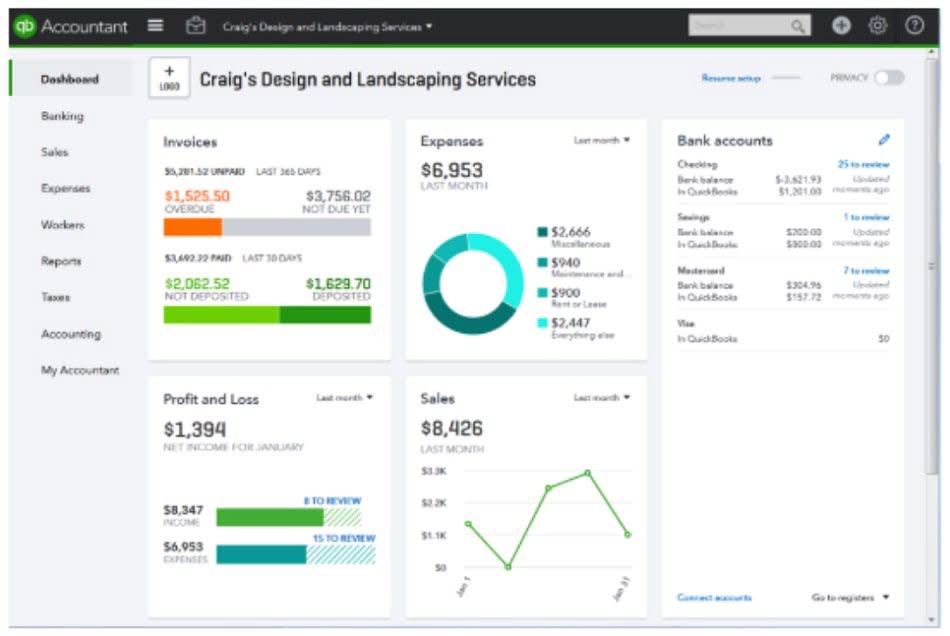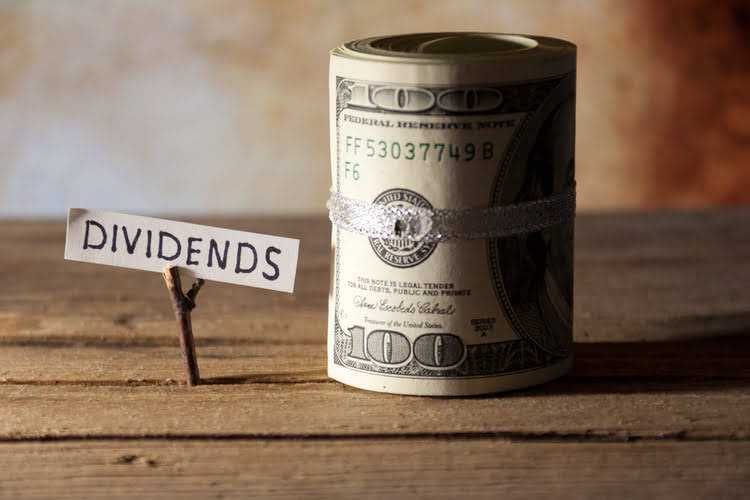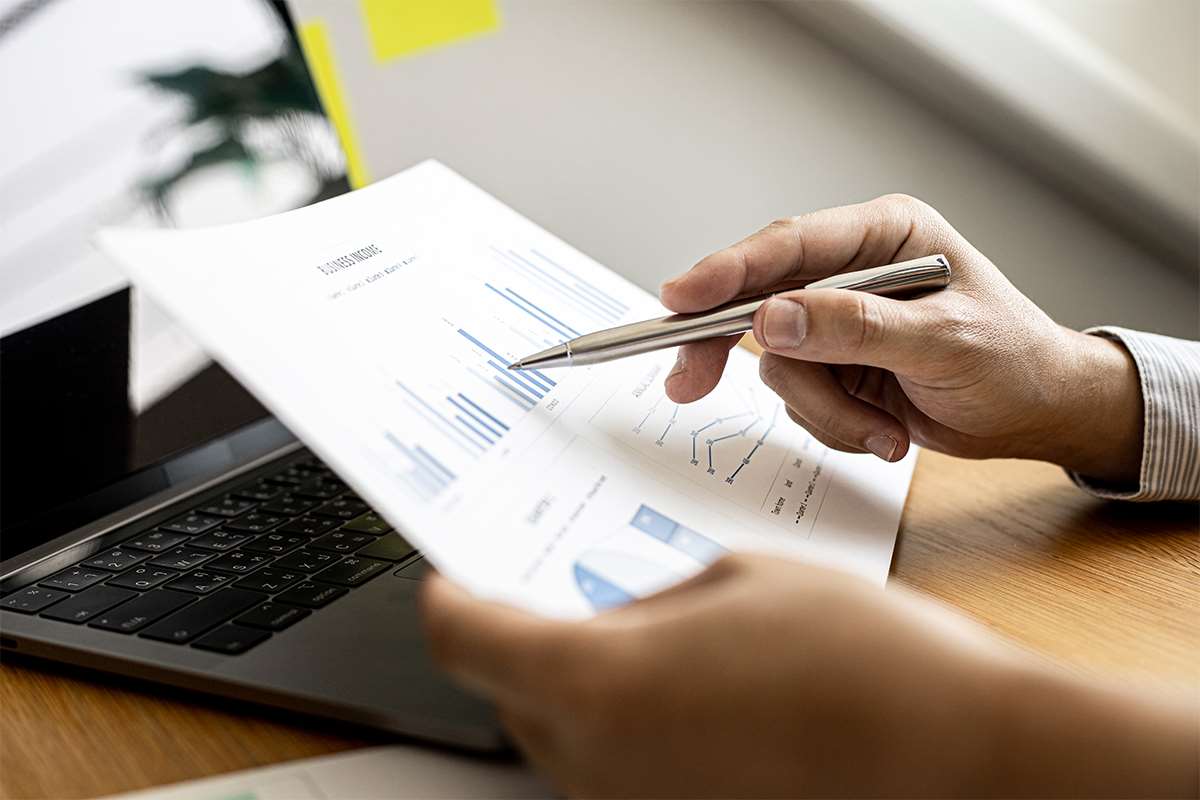
You use markup percentage to decide the retail price of a product. However, if you manage a business where payroll costs aren’t cut and dry due to several bookkeeping people working on the same product, consider Hourly. Hourly’s time tracking features gather time and task data from your workers on the fly and help you organize it as you want.
How can I customize the margin and markup calculator?
- Businesses often underestimate needed markup to achieve target margins, leading to lower profits than expected.
- Regularly inputting data into the calculator helps track pricing effectiveness, adjust strategies as needed, and ensure that profit margins remain aligned with business goals.
- As you get to know your business better and you start to look at reports on your sales, margin can help examine how much actual profit you’re making on each sale.
- No matter which one you choose, there are some downsides to each.
- Many businesses use both metrics to get a complete picture of their pricing strategy.
- But if you’re still unsure, don’t worry — just refer back to the calculators above whenever you need to check.
Businesses often underestimate needed markup to achieve target margins, leading to lower profits than expected. While markup percentage varies from industry to industry, you need enough markup to cover all the costs and make a profit without item costs being so high that people stop buying. Margin percentage also compares your business margin vs markup with its competitors. For example, NYU Stern found that the gross margin of restaurants averages around 30%. If you run a restaurant with a gross margin lower than 30%, your item costs might be out of line and you can look for discounts from suppliers.

What is the margin percentage?

Even though their definition is pretty similar, the numerical values of markup and margin always differ (unless they are both 0). You can think of markup as the extra percentage that you charge your customers (on top of your cost). If you’re wondering how to untangle that web of M-words and learn what the difference is between margin vs. markup, then you’ve come to the right place. All three of these terms come into play with both double declining balance depreciation method margin and markup, just in different ways. Markup is useful for cost-plus pricing models common in manufacturing. It’s easier to apply but requires conversion to margin for profit analysis.

Handling Different Pricing Scenarios

Using the same cost, $5.00, and selling price, $10.00 as above, the markup would be 100% because you are marking up the cost of the product by 100%. Markup and margin are both methods used to calculate the profitability of a product, but they approach it from different angles. Markup refers to how much you add to the cost of a product to determine its selling price, while margin represents the percentage of the selling price that is profit.

What’s the difference and how do I calculate it?
To learn more about barcodes and how to set up a barcode system, read our Ultimate Barcoding Guide. As mentioned in the above section about cost, everything involved with the production and distribution of the Zealot needs to be considered. In other words, your pizza shop has a markup of 199.8% on each large pizza. They’re two sides of the same coin, and this calculator helps you keep both in check. The Excel file available for download below, will help you to carry out your own mark up calculations. This includes when running a restaurant business, opening a bakery, opening a food truck, opening a coffee shop, or opening a grocery store.
This where the concept of fixed markup really comes in handy, because it can help you to automatically adjust your prices based on changed in cost. You could have cost and price as separate numbers that you input into your spreadsheet or inventory management software, but it’s much easier in the long run to have them linked. Markup is perfect for helping ensure that revenue is being generated on each sale. If you’ve been wondering about the differences between Margin and Markup and how to calculate those figures, this is the article for you!
- Businesses can modify the calculator to include additional fields, such as tax rates, shipping costs, or overhead expenses, giving a more comprehensive view of profitability.
- Businesses use markup when pricing goods or services to ensure they cover costs and earn a profit on goods sold.
- An advanced margin and markup calculator includes robust error checking and validation mechanisms to ensure the accuracy of inputs and outputs.
- So if you mark up products by 25%, you’re going to get a 20% margin (i.e., you keep 20% of your total revenue).
- To calculate markup, start with your gross profit (Revenue – COGS).
Optimize inventory, streamline production workflows, and reduce errors with real-time data and mobile solutions, enhancing efficiency and boosting profitability. Easy to run solutions for retail and e-commerce businesses, optimizing inventory management, order fulfillment, and customer experience, driving efficiency and profitability. This means your margin on this product is 40%, which indicates the proportion of your selling price that contributes to profit. Markup is the (%) amount you increase the wholesale price/cost of a product by to arrive at the selling (retail) price.
- Misinterpreting these terms can lead to incorrect pricing, which could either result in lost profits or overpriced products that fail to sell.
- Understanding these differences is essential for any business owner or manager to set the right pricing strategies and ensure profitability.
- Calculating markup is similar to calculating margin and only requires the sales price of a product and the cost of the product.
- We have developed a free markup calculator to determine the right selling price for your product.
A higher margin means that a larger proportion of the selling price is profit, which allows businesses to be more flexible with their pricing strategies. This is particularly important for industries with thin profit margins, where small changes in margin can lead to significant financial differences in the long term. To calculate markup effectively, businesses need to understand both their cost and desired profit. The markup formula takes into account the cost of goods sold and the profit margin required to achieve desired earnings.
